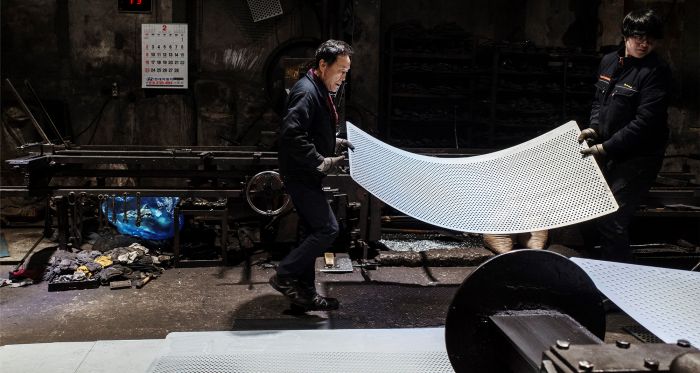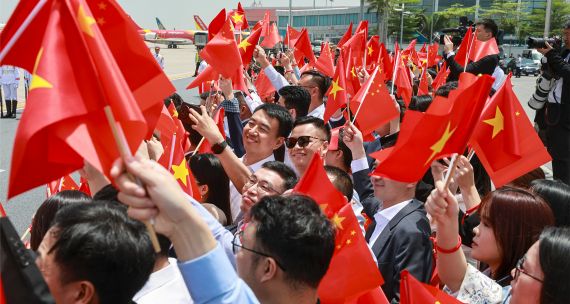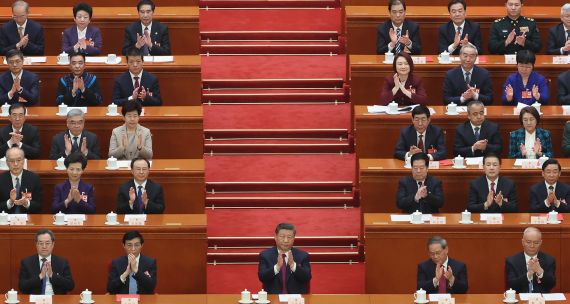The Takeaway
On February 10, U.S. President Donald Trump unleashed his first direct tariff storm on South Korea — a 25 per cent tariff on steel and aluminum that starts March 12 and cancels previous exemptions. South Korea’s political uncertainty following the December 3 martial law declaration and the subsequent indictment of President Yoon Suk Yeol has strained South Korea’s governance and diplomatic channels, complicating its ability to mount a cohesive response. Nevertheless, Seoul is moving ahead with various countermeasures, including tighter co-ordination with Ottawa.
In Brief
- Within days of Trump’s re-election, South Korea’s Presidential Office, anticipating the imposition of U.S. tariffs, directed its Ministry of Foreign Affairs to strengthen ties with Canada and other economies that had benefited from Biden-era policies such as the Inflation Reduction Act.
- On December 5, 2024, South Korea’s trade negotiation head, Cheong In-gyo, convened an urgent session with South Korean firms that operate in Canada and target the U.S. market to discuss the ‘Trump 2.0’ tariffs. Seoul accelerated a record C$357.1 billion (360 trillion won) in trade financing to diversify South Korea’s global market reach and boost its industrial competitiveness.
- Amid rising concerns over protectionism, Hyundai Motor upgraded its global government affairs team, called the Global Policy Office, to a full business unit and has recruited former senior level diplomats to enable agile, policy-driven decision-making with the U.S.
- Ahn Dukgeun, South Korea’s Minister of Trade, Industry and Energy, swiftly embarked on multiple trips to the U.S. to bolster response teams. Trade negotiation head Cheong In-gyo also activated a “help desk” for overseas enterprises facing tariff impacts. Industry leaders, spearheaded by the Korea Chamber of Commerce and Industry (KCCI), are mobilizing a trade delegation that will visit the U.S. in February.
Implications
South Korea’s record C$94.3-billion trade surplus with the U.S. in 2024 — driven by its automobile and semiconductor exports — heightens its vulnerability to U.S. tariff measures. The Korea Institute for Industrial Economics and Trade, a government-funded policy research institute, projects that a 10-20 per cent tariff could cut South Korea’s U.S. exports by up to 14 per cent and reduce Korean GDP growth by 0.2 percentage points. The Bank of America warns that new U.S. tariffs targeting South Korea could further destabilize the Korean won and fuel inflation by elevating import costs and squeezing profit margins.
South Korea’s leadership vacuum, combined with Trump’s proposed 25 per cent tariff on Canada, has compelled the country — which is heavily invested in Canadian production lines for electric vehicles and secondary batteries — to seek a new trade approach. As part of this approach, South Korea is boosting its imports of U.S. crude oil and natural gas to narrow the bilateral trade gap. In addition, KCCI plans to promote the narrative that South Korea has generated C$229 billion in foreign direct investment in the U.S. and created 830,000 American jobs since Trump’s first term. Analysts also suggest that South Korea could aid the U.S. with shipbuilding, in line with Trump’s plans to rebuild American naval strength.
What’s Next
1. Industries in flux
Trump’s return to office will likely reshape industry ‘winners’ and ‘losers’ in South Korea. For example, the country’s shipbuilders and some of its energy-related firms see opportunities to expand in the U.S., especially if defence maintenance, repair, and overhaul projects and fossil fuel extraction gain momentum.
Conversely, if subsidies or import privileges are rolled back under Trump 2.0, South Korea’s EV and battery sectors risk losing incentives, while South Korean cars and chips may face potential tariffs. Consequently, automakers such as Hyundai Motor may pivot to producing hybrid vehicle lines or adjust production strategies to cushion losses. Trade diversification initiatives, including the re-consideration of multilateral trade agreements like the Comprehensive and Progressive Agreement for Trans-Pacific Partnership, of which Canada is a member, could also gain traction. Additionally, some analysts have proposed that South Korean refiners stock up on Canadian crude oil, thereby lowering import costs and strengthening South Korea’s energy security.
2. Canada’s opportunity to become a critical partner
In addition to ramping up energy exports, there are other mechanisms through which Canada could become a more vital partner for South Korea. This includes forthcoming bilateral discussions, such as the Canada Korea Investment Forum in March and the Canadian Creative Industries Trade Mission to South Korea in June. These initiatives can build on the recent Canada-Korea Indo-Pacific Dialogue and joint ministerial meetings, to enhance supply chain resilience and unlock opportunities in energy and critical minerals. Recent Canadian provincial trade missions, including Quebec’s outreach on battery technology and Alberta’s outreach on hydrogen energy, signal Canadian readiness to deepen ties. South Korea’s deeper engagement with stakeholders in Canada’s trade and investment sectors might offer practical ways to contain fallout.
• Edited by Jeehye Kim, Senior Program Manager, Northeast Asia, Erin Williams, Senior Program Manager, Vina Nadjibulla, Vice-President Research & Strategy, and Ted Fraser, Senior Editor, APF Canada.





